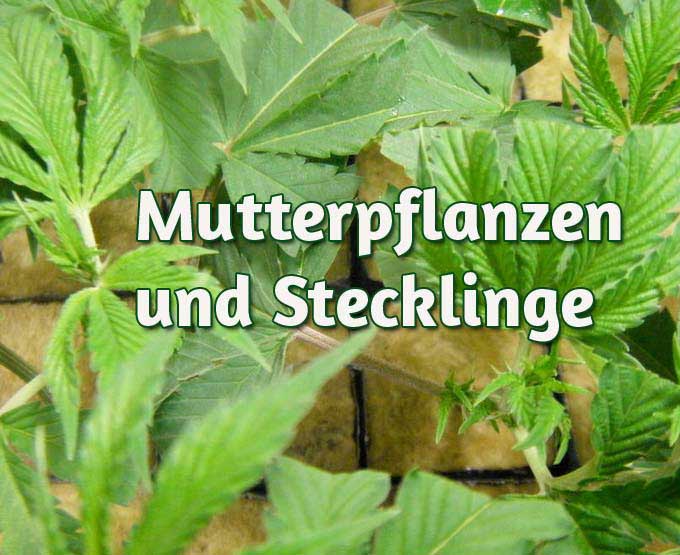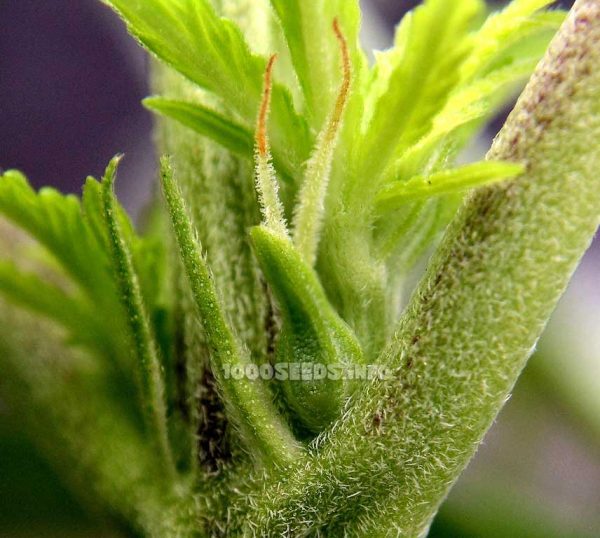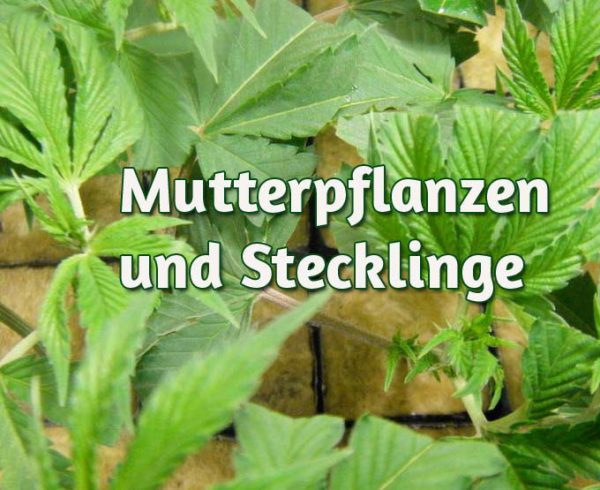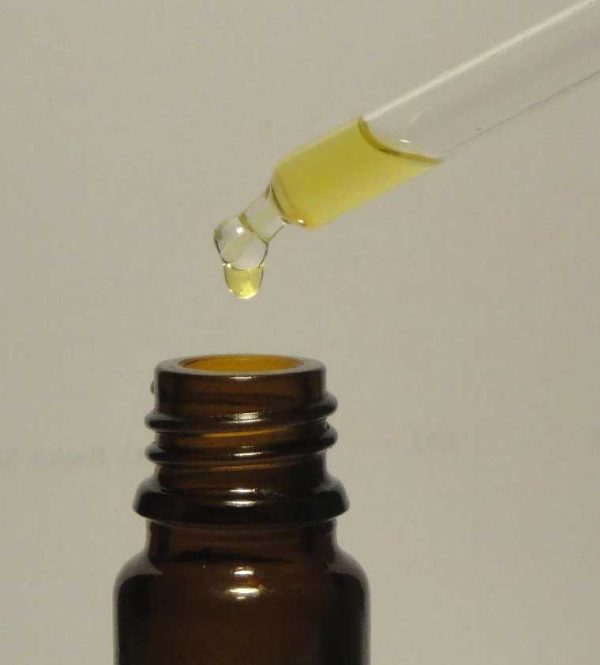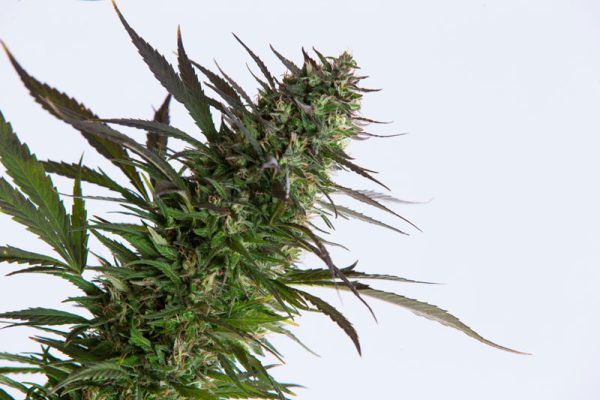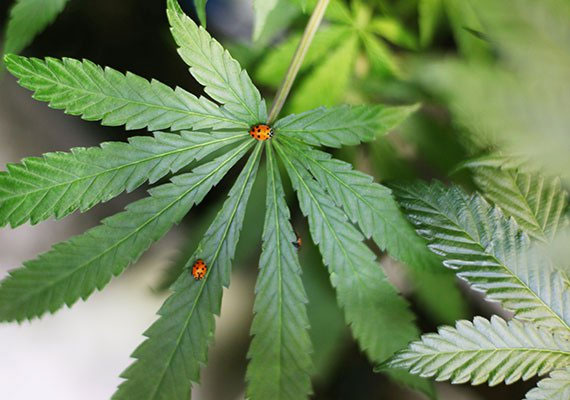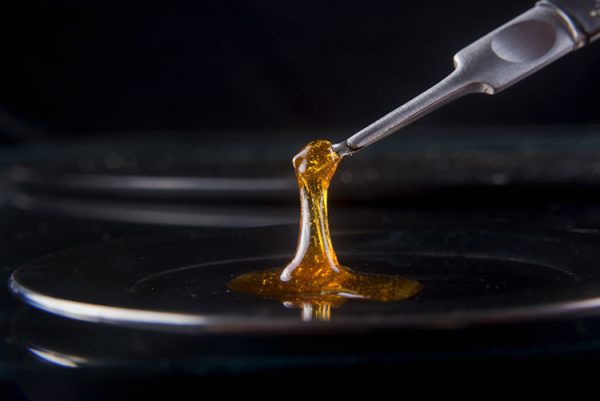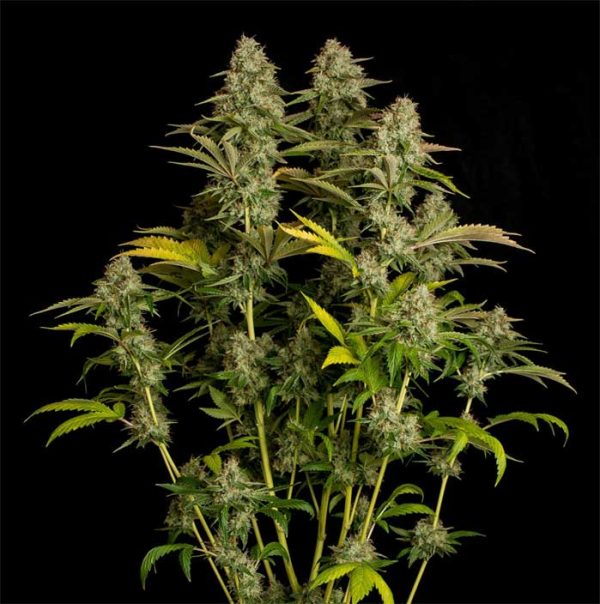Selecting a mother plant
For many growers, simply growing cannabis plants from feminised seeds is an easy and quick method. Male plants don't have to be found out and then sorted out, so there is no "male waste". There are some advantages to starting each grow with fresh cannabis seeds without having to carry insect and plant disease strains from one plant to the next.
However, some gardeners who are willing to invest more money, space and time prefer to select a mother plant and cut cuttings from it. This has the advantage that the cuttings, as clones of the mother, carry the absolutely same genetic material and are thus genetically identical. These offspring have a uniform growth height and thus the grow room can be ideally illuminated. In addition, all clones have the same nutrient requirements, which makes it much easier to provide the plants with optimal care. If there are genetically different plants in the growroom, with different phenotypes and needs, it becomes more difficult to determine the ideal nutrient requirements for each individual plant and to dose them precisely. Cloning is the best way to achieve a sea-of-green (a "carpet of flowers") and uniformly high yields. However, as already mentioned, it requires time, more expenditure on electricity, an extra grow box for the mother and cuttings, and special attention, because mothers have to be absolutely healthy on the one hand, and on the other hand, due to their longer lifespan, they are particularly at risk of indoor fungi or other diseases in the course of time.
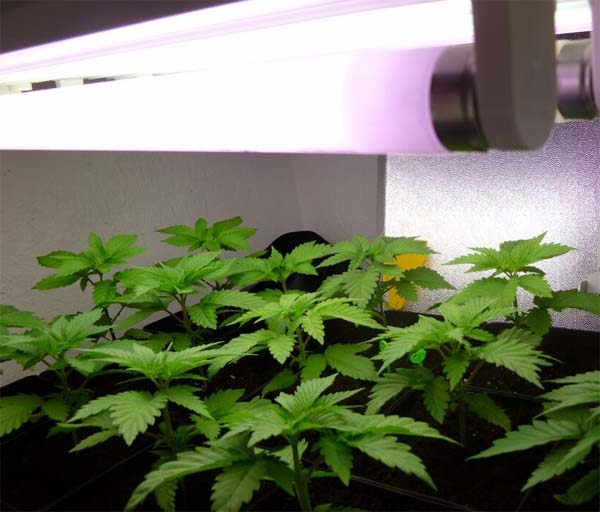
Long story short: How does it work with the mothers? The key to vigorous cuttings that eventually deliver fat yields in the further course of their development is an absolutely healthy, genetically excellent, above-average mother plant. You can select the mother plant that best suits your wishes and needs, e.g. in terms of size, yield and growth behaviour. In the meantime, there are thousands of different strains worldwide, from which it is now necessary to select the right variety for oneself. The new mother should then be created from this. The following aspects should be taken into account:
- Indica or Sativa? It all depends on the purpose or environment in which your plants will grow later. Basically, pure sativas usually grow too tall for indoor cultivation and are therefore usually better suited for outdoor cultivation. Of course, there are exceptions or Sativa dominant hybrids that are also very well suited for indoor cultivation due to their growth height. It is also a question of preference, because sativas show a different spectrum of effects than indicas. Sativas usually have a significantly longer flowering time than indicas. Hybrids have the characteristics of both types, which are present in varying degrees.
- Outdoor or Indoor? If you want your plants or clones to grow outdoors later on, you should choose a mother plant that is specifically suited for outdoor cultivation and will finish in time in your climate region. If the clones are to be grown indoors, it is recommended to choose an indoor strain with appropriate growth characteristics and a space requirement that is compatible with the size of your grow box or grow room. This means that a large Haze will not do well at all in a cutting box - clearly. Seed banks will usually always state whether a strain is suitable for Outdoor or Indoor suitable.
- Yield? Effect? Flowering time? Medicinal? Besides yield and effect, flowering time and medicinal properties can also be criteria when choosing the right strain. Do you want a production monster, a lot of THC or rather less and more CBD? Or do you prefer a colourful variety? Or one with a fruity taste?
- regular or feminised? As a general rule, it is recommended to grow mothers from regular seeds because the resulting females are considered to be longer-lived and more disease-resistant than their feminised counterparts. But of course you can also make mothers out of feminised seeds Some varieties are only available in feminised form.
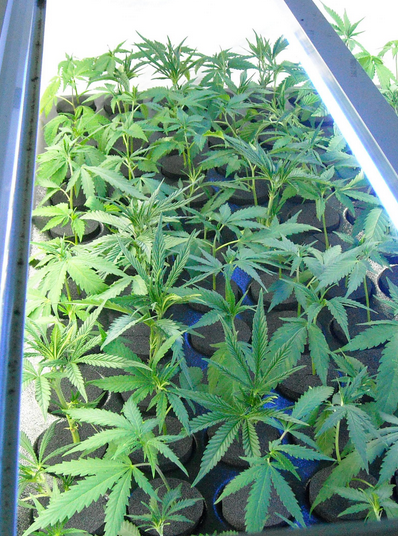 Once you have found the right variety for you, the real selection begins:
Once you have found the right variety for you, the real selection begins:
- First of all, you get the (regular) cannabis seeds of the desired variety in sufficient quantity. What is a sufficient number? Of course, this depends on personal circumstances and possibilities. One can say that the more seeds one sows, the higher the probability that one will find the absolute mega plant with all the desired characteristics, the personal lucky punch, where everything just fits. It's a bit like discovering a new star. Professional plant breeders sometimes sow thousands of seeds to select an ideal mother for further breeding.
- Now a larger quantity of the selected (regular) cannabis seeds is sown. When the seedlings have reached a certain size, one cutting per plant can be cut. These are head cuttings, i.e. the cutting is taken from the top of the main shoot. On the subject of Cutting cuttings you can find more information in our Grow Lexicon more detailed information. All plants get their own name, number or something else to distinguish them and are marked with a label so that you know afterwards which clone comes from which plant.
- This is exactly where opinions differ. Many growers now take the pruned plants and send them into flowering, while the clones they have taken form roots. I, on the other hand, prefer to let the cuttings root first and then send them into flower. This procedure takes a lot longer, but the advantage is that the later mother comes directly from seed and thus has the best conditions. But clones from the first cut are also suitable as mothers, as they were cut from the still fresh, healthy plant and are very vigorous.
- As soon as the sex becomes apparent, the males are sorted out (not necessary if they were grown from feminised seeds) and of course also the male plants from which they originate. When you have planted a large amount of cannabis seeds to be able to select ideally, it may be time to make a first pre-selection and to choose only the best and most optimal plants. Otherwise the growroom will burst at the seams. If you have used a smaller number of seeds, you can simply let all the plants finish flowering and keep a close eye on them. Observing well means: looking at growth behaviour, leaves, colour and other characteristics and perhaps making notes. Only absolutely healthy, strong, robust and hardy plants meet the requirements to become a mother plant.
- After the harvest, a final judgement can then be made after all the plants have been harvested and dried. One now knows which plant flowers how and with what effect and yield. The best plant(s) is selected and continues to be nurtured and cared for as a mother plant for cutting cuttings. The remaining plants can be discarded or taken to the flowering room.
- When the lovingly selected mother plant has formed sufficiently long side branches, cuttings can be made.
As you can see, it takes quite a bit of effort to select a good mother and, above all, it takes a lot of time. You need a second grow room with a cultivation lamp, fan, etc. for the mother plant(s) and the cuttings, which, in contrast to the flowering plants, need a lighting period of 18 hours/day. Once the super-mother has been found and has developed into a stately plant with sufficient care and attention, clones can be cut regularly (approx. every 2 weeks, do not overdo it).
Important in the care and breeding of cannabis mothers:
- Make sure that your mother plant always stays healthy and grows in a good environment with enough light and ventilation. It is important to avoid fungal diseases, parasitic infestations and diseases in the mother in advance and to ensure healthy growth. A mother that carries a fungus may still be yellowish and cringing for some time, but her cuttings will either be nothing or a disaster. Hygiene and cleanliness in the (mother) growroom is therefore the be-all and end-all. The growroom should not be entered with street shoes.
- Mothers can be used for about 1 year, it always depends on the particular plant. Then they start to weaken and the cuttings also weaken in terms of growth and quality. Therefore, it is recommended to breed a new mother in time.
- The pots of the mother plants should be flushed approx. every 14 days with clear water or a special agent, such as Canna Flush so that excess fertiliser salts that have accumulated in the soil are flushed out. If this is not done, the soil and roots become salinated, the plant can show downright signs of poisoning, the soil becomes clogged and nutrients can no longer be absorbed. After rinsing, drain the nut well.
- Ensuregood drainage: When growing on soil or coco, it is advisable to fill the bottom of the plant pot with an approx. 7 cm thick layer of expanded clay, so that excess water can drain off immediately and well and there is no waterlogging. Waterlogging must be avoided with all plants and especially with mother plants, because this can very quickly lead to root rot or other fungal diseases.
- After 3 months, the mother plant can be carefully removed from the pot. Now you can remove the soil that easily detaches from the root ball and put the plant back into the pot together with new soil. You can check the roots and carefully remove any dead roots.






